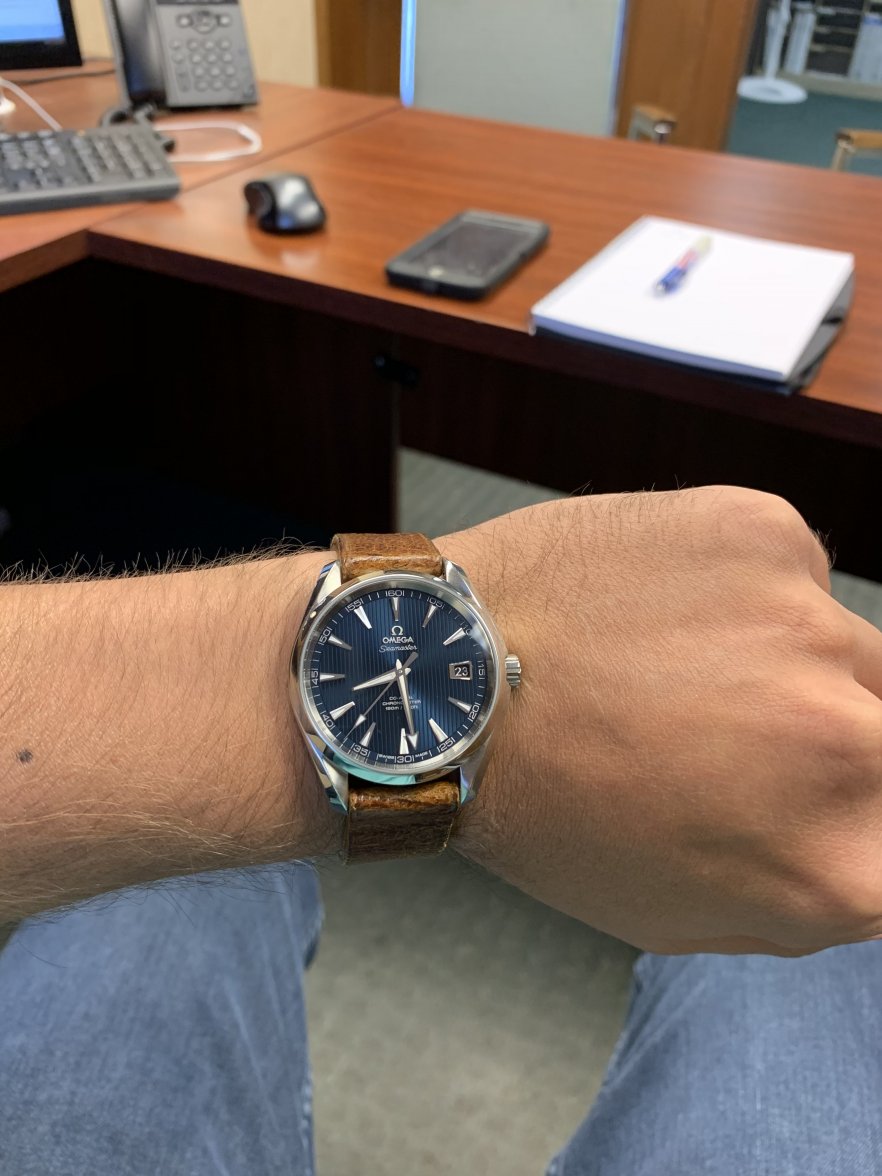Yes, exactly as I said - but that sense of stability is mostly an illusion. The 3135 was a massive success, but the last one to roll of the line wasn't the same as the first one, as changes were made over it's lifetime to fix things. The 3135 lasted from around 1988 to what 2016 or so before a successor was introduced? How about it's predecessor, the 3035? It lasted about 10 years...
Again this is a deliberate strategy, because when you send a Rolex in for service, they don't send you back the parts they changed as Omega does. They will tell you this is an anti-counterfeiting decision, but no one is going to make an entire watch using worn out parts and sell it as real. They do this to give the impression that all it needed was a clean and lubrication, and adding to the idea that their movements are somehow more robust. Parts inside Rolex movements wear out just like any other movement.
They have been a great differentiator for Omega, but IMO offer little in the way of practical advantages, and present some disadvantages with regards to options for servicing.
